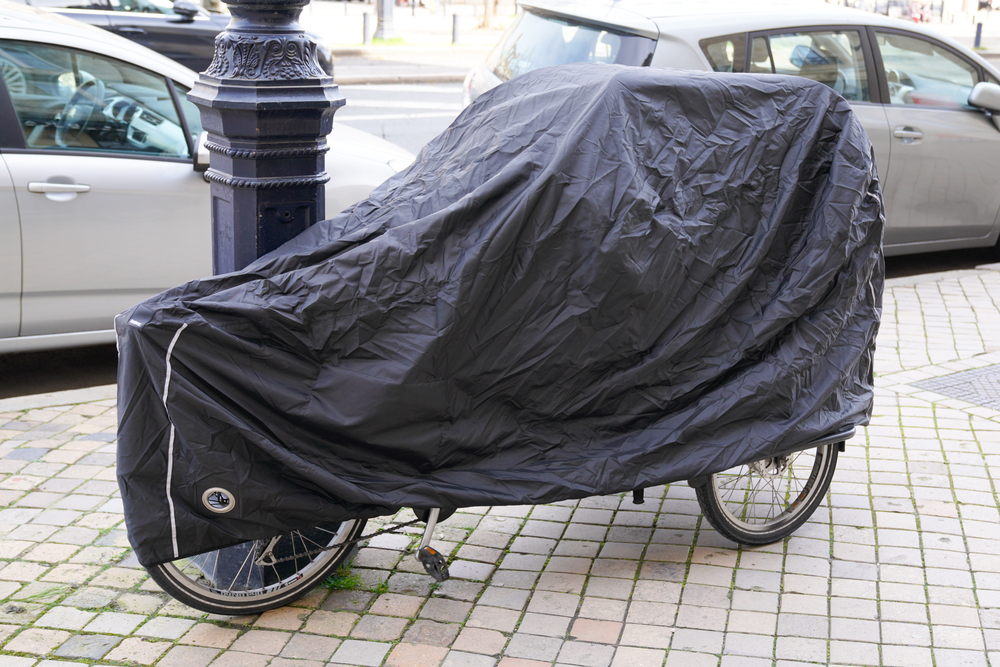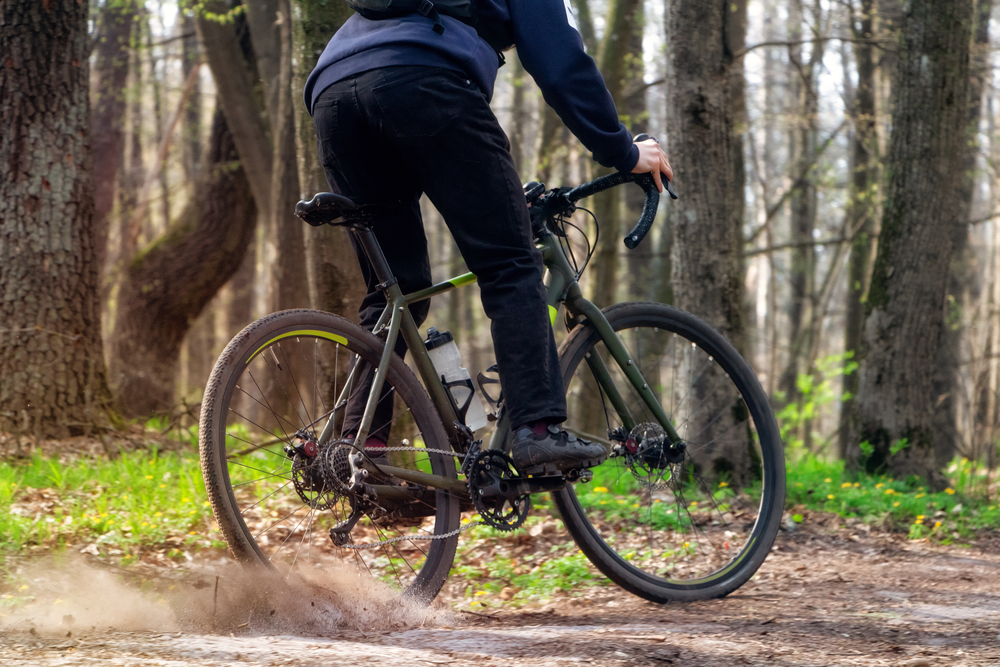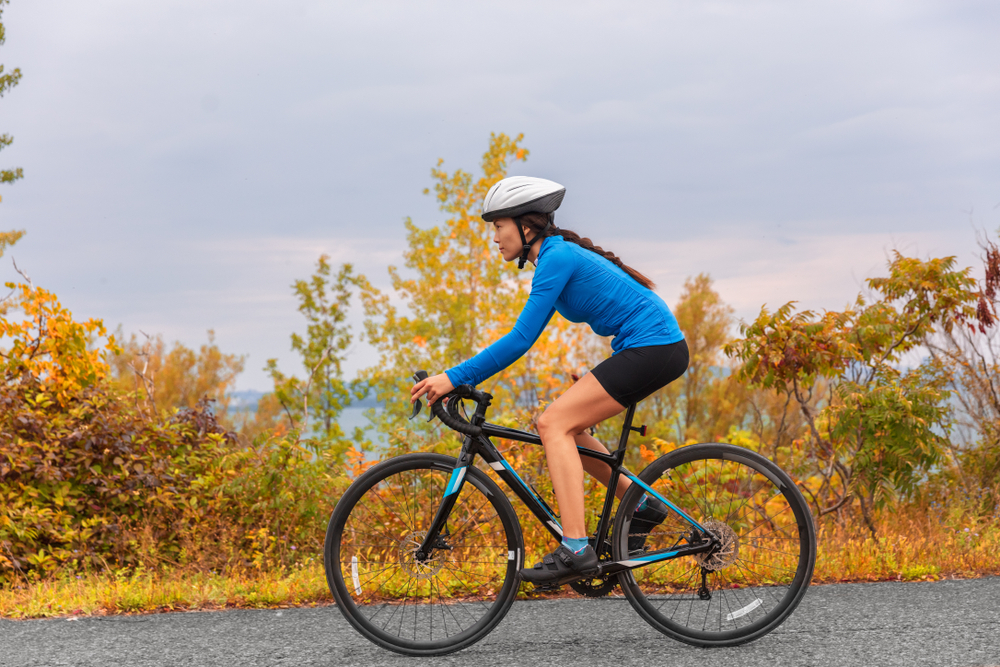Turbo Trainer: The Ultimate Guide
Turbo trainers have revolutionized indoor cycling. They offer cyclists the chance to train regardless of the weather or time constraints. Whether you’re a seasoned pro or a weekend warrior, knowing the ins and outs of turbo trainers can enhance your training regimen.
What is a Turbo Trainer?
A turbo trainer is a device that allows you to ride your outdoor bicycle indoors. It clamps onto the rear wheel, providing resistance and stability, mimicking the road’s feel. There are various types, each offering unique features and capabilities.
Types of Turbo Trainers
Turbo trainers come in different varieties, which cater to varying experience levels and needs.
Wheel-On Turbo Trainers
Wheel-on trainers are the most common and affordable type. They involve mounting the bike’s rear wheel onto the trainer. They utilize resistance units that can range from magnetic to fluid, providing varying levels of resistance.
Direct-Drive Turbo Trainers
Direct-drive trainers are more advanced. They require you to remove the bike’s rear wheel and attach the bike directly to the trainer. This type offers a more realistic road feel and is generally quieter, making them suitable for high-intensity training.
Rollers
Rollers consist of three cylinders on a frame. The bike is placed directly on these rollers, which require more skill to balance. They enhance your bike handling skills but provide less resistance compared to other types.
Smart Turbo Trainers
Smart trainers are the top-tier option. They connect to online platforms via Bluetooth or ANT+, allowing for interactive training sessions. They adjust resistance automatically based on the workout or virtual terrain, offering a highly engaging experience.
Benefits of Using a Turbo Trainer
The advantages of incorporating a turbo trainer into your training regimen are numerous.
- Consistency: Train regardless of weather conditions.
- Convenience: Avoid traffic and other on-road hazards.
- Controlled Environment: Set specific goals without external interference.
- Data-Driven: Use data to track progress and adjust training plans.
Setting Up Your Turbo Trainer
Correct setup is crucial for an effective and enjoyable training session.
Choose a Location
Select a well-ventilated area with enough space. Ensure the flooring is sturdy enough to handle the equipment and any vibrations.
Mount Your Bike
Following the manufacturer’s instructions, secure your bike to the trainer. Ensure the bike is level and stable. Inflate the tires to the recommended pressure if you’re using a wheel-on trainer.
Connect Your Devices
For smart trainers, connect to your preferred training app via Bluetooth or ANT+. Ensure all devices sync correctly for a seamless experience.
Calibration
Most modern trainers require calibration. This process adjusts the trainer’s resistance unit to ensure accuracy. Follow the app or device instructions for precise calibration.
Training Programs and Apps
There are various training programs and apps designed to enhance your indoor training experience.
Zwift
Zwift is a popular platform offering virtual worlds and structured workout plans. It connects with smart trainers, adjusting resistance based on the virtual terrain.
TrainerRoad
TrainerRoad focuses on structured workouts and training plans. It provides detailed performance analytics to help you improve efficiently.
Rouvy
Rouvy combines real-world routes with augmented reality. You can experience scenic rides and participate in virtual races.
Wahoo SYSTM
Wahoo SYSTM offers science-based workout plans. The app includes strength training, mental training, and yoga sessions.
Maintenance Tips
Regular maintenance can extend the lifespan of your turbo trainer and enhance performance.
Check for Wear and Tear
Inspect your trainer for worn parts, especially if you use a wheel-on trainer. Replace worn tires and check the resistance unit regularly.
Clean Your Trainer
Dust and sweat can build up over time. Wipe down your trainer after each session and conduct a thorough cleaning monthly.
Lubricate Moving Parts
Keeping moving parts lubricated ensures smooth operation. Follow the manufacturer’s recommendations for appropriate lubricants.
Software Updates
For smart trainers, keep firmware up to date. These updates can improve performance and add new features.
Popular Turbo Trainers
Several turbo trainers are highly regarded in the cycling community.
Wahoo KICKR
The Wahoo KICKR is a direct-drive smart trainer known for its accuracy and quiet operation. It easily integrates with various training apps.
Tacx Neo 2T
The Tacx Neo 2T offers an almost silent experience. It’s direct-drive and provides a realistic road feel with a range of virtual terrain options.
Saris H3
The Saris H3 is another direct-drive option noted for its durability and accurate power readings. It’s compatible with numerous cycling apps.
Elite Direto XR
The Elite Direto XR provides balanced performance at a competitive price. It’s a direct-drive trainer with automatic resistance adjustment.
FAQs
Answering common questions can help you decide if a turbo trainer is right for you.
Can I use any bike on a turbo trainer?
Most bikes can be used on turbo trainers. Ensure the trainer is compatible with your bike type and size. Some trainers may require specific adapters.
Is a turbo trainer noisy?
Noise levels vary. Direct-drive trainers are generally quieter than wheel-on options. Use a mat to reduce vibrations and noise further.
Can I get a good workout on a turbo trainer?
Yes. Turbo trainers allow for high-intensity workouts and structured training plans. They can cater to both endurance and strength training.
How much space do I need for a turbo trainer?
You’ll need a stable, flat surface with enough room to accommodate your bike and trainer. Ensure there’s space for movement and cooling equipment, like fans.
“`






